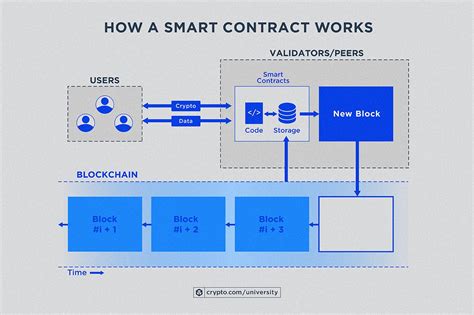Here’s an article on how to send a value to a smart contract function using MetaMask and Web3.js:
Sending Values to Smart Contract Functions with MetaMask and Web3.js
When interacting with smart contracts from web applications, one of the most critical steps is sending data to the contract. In this article, we’ll walk you through how to use MetaMask and Web3.js to send values to a smart contract function.
Prerequisites
To follow along, you need to have:
- MetaMask: A browser extension that allows you to interact with decentralized applications (dApps) on the Ethereum blockchain.
- Web3.js: A JavaScript library for interacting with the Ethereum blockchain and Web3-compatible web applications.
Step 1: Set up MetaMask
Before we begin, make sure you have MetaMask installed on your browser. To install it:
- Go to [metamask.io]( in your browser.
- Click « Get MetaMask » and follow the installation instructions.
- Once installed, launch MetaMask in your web browser.
Step 2: Connect to the Ethereum Network
In MetaMask, click on the three vertical dots (⋯) next to your account picture and select
Settings. Scroll down to the
Connect to Web3 section and select
Ethereum from the dropdown menu.
Step 3: Generate an Address
After connecting to the Ethereum network, you’ll be prompted to generate a new address. Click on « Create New Address » to create one.
Step 4: Install Web3.js
To interact with smart contracts using Web3.js, you need to install it in your browser. You can do this by:
- Go to [codepen.io/pen/BfRkWJ]( and create a new HTML file.
- Copy the JavaScript code below into the HTML file.
// Import Web3.js library
const web3 = require('web3');
Step 5: Load Your Smart Contract Contract
Replace with the URL of your smart contract contract. You can find this by:
- Go to the contract on Remix or other dApp platforms.
- Right-click (or Ctrl + Click) and select "Copy address" from the context menu.
// Load your smart contract contract
const web3 = new web3(new Web3.providers.HttpProvider('
const contractAddress = '0x...';
const contractabi = {
// Replace with the ABI of your contract
};
Step 6: Send a Value to Your Smart Contract Function

To send a value to your smart contract function, you'll need to:
- Get an object representing the function that accepts the data.
- Create an instance of the function and call it with the data.
Here's an example using the web3library:
// Import Web3.js library
const web3 = new web3(new Web3.providers.HttpProvider('
// Define your contract function
async function myContractFunction(data) {
// Assume your contract function has a method like this
return 42; // Replace with the actual value of interest in your contract
}
// Send a value to your smart contract function
const myContractAddress = '0x...';
myContractAddress.then(async (contract) => {
const contractInstance = new web3.eth.Contract(contractabi, contract);
const result = await contractInstance.methods.myFunction(data).call();
console.log(result); // Replace with the actual output of your smart contract
});
Step 7: Handle Errors and Revert
When sending data to your smart contract function, you may encounter errors or unexpected outcomes. To handle these cases:
- Use try-catch
blocks to catch any errors that occur.
- Log error messages using a library likelog4js`.
- Consider implementing retry logic with exponential backoff to avoid overwhelming the network.
